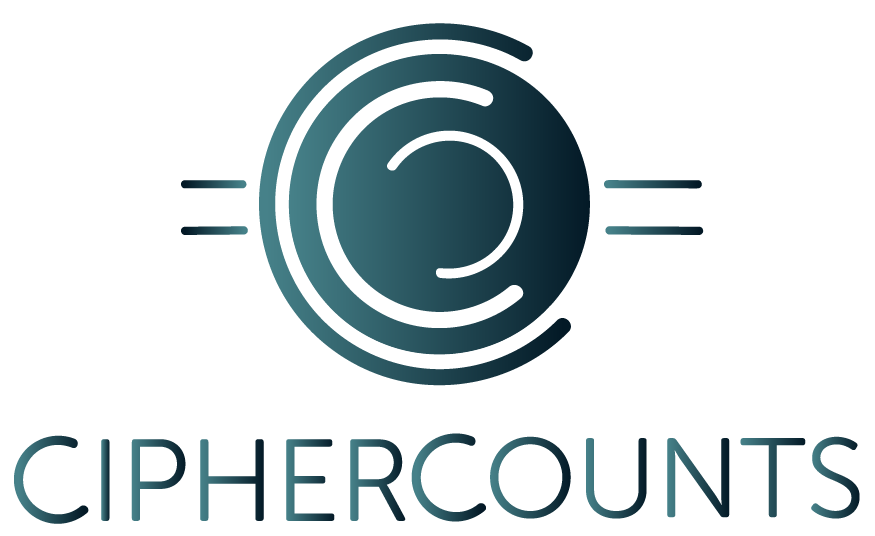03 Mar Managing crypto wallets, the accountant’s way – Save time (and money)
(As published in Crypto Accounting News)
In a world where digital tokens can be cryptographically transferred to bypass the expensive and maddening red tape of banks and regulators, people are working faster and cheaper than ever, inventing new ecosystems, and transacting around the globe.
Then tax season hits and it’s time to file with an accountant. This is the moment when many discover the nightmare crypto is to traditional accounting systems and the challenges of reporting for these digital properties.
As accountants, this is challenging, yet presents an opportunity to equip clients with proper tools to ensure books are in order and efficient to maintain. Here are some of the best practices you can share with your clients on handling crypto wallets which will ease the work to be done at tax season.
Best Practice #1: Document and use wallets with a defined purpose
Clients may be tempted to treat crypto wallets as bank accounts or share control of a wallet. Good wallet management can save a lot of administrative headaches. If there is a repeatable process that generates similar purpose transactions, it may be best to have a dedicated wallet. Document a clear use case for the wallet and custodian for the key(s), and each key should belong to a single user.
Example: Mary Sue runs a business where she pays bills and receives makes sales in crypto. Since one activity is tied to revenue and one tied to vendor payment, it may be wise to use two wallets.
There is some debate on whether wallets can be used with specific identification or FIFO by token. It is ideal to research and develop a tax strategy prior to putting wallets into use.
Best Practice #2: Record all transaction data proactively
If you think clients will do it later, stop! Make sure you adopt good practices as soon as possible. Unlike a bank or credit card statement, there are no names to help identify transactions. This means if they can’t remember, no one may ever know.
Some key items to request from a client:
-
Date
-
Counterparty
-
Transaction Type (Incoming/Outgoing/Transfer/Failed)
-
How much? (both crypto and currency of choice)
-
Description/Purpose
-
Transaction hash*
-
Receipts/Backup
When in doubt, record all relevant transaction data, including smart contracts that are not transferring funds. Encourage clients that are highly technical to automate recordkeeping.
*While a transaction hash stores some data, it is best that the details can be easily seen all in one place without clicking through a link.
Best Practice #3: Set up and document a pricing methodology
Pricing sources of cryptocurrency can change fast, be incomplete, vary across exchanges and aggregators, and even disappear. Clients should understand the importance of recording the crypto price at the time of a transaction, in units of the base currency, and with supporting records whenever possible.
For Ethereum and ERC 20 tokens, Etherscan now shows a historical and current price. Some clients may default to this pricing mechanism. This is not a recommended strategy as the pricing is not transparent and may change over time. When clients insist on Etherscan, they should document and screenshot the notated value as an exported excel sheet is not proof of pricing without additional backup. They will need to stay current or use a third party to guarantee pricing.
You are not alone
Thankfully, the crypto community is highly collaborative and loves automation. Crypto decentralized applications across the board are in the early growing pains, but new solutions are emerging every day. Many accountants find it fruitful to connect at conferences, seminars, and crypto events to address emerging challenges. By working together, sharing best practices and utilizing new technologies, we can create accounting processes better than we could even imagine possible for traditional finance.

